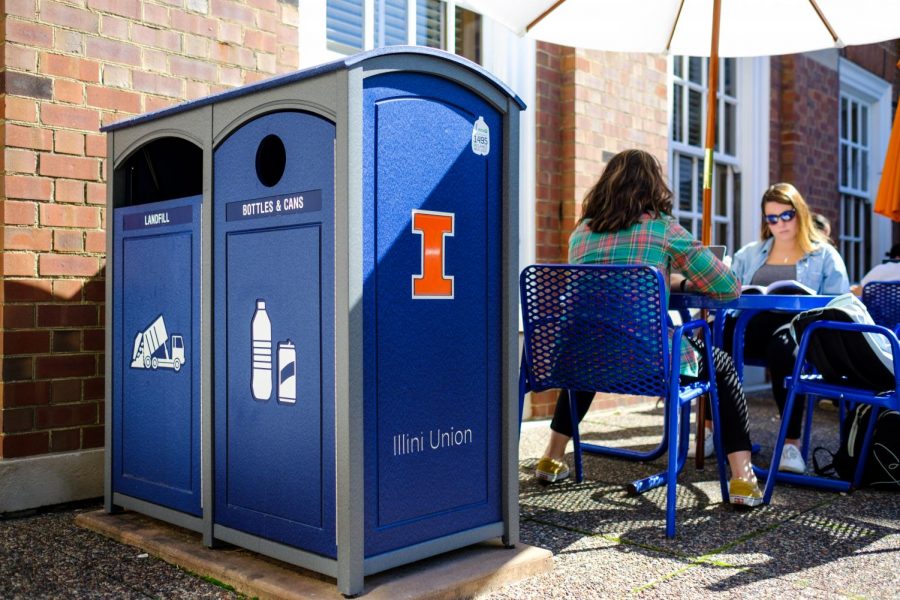Energy Conservation Incentive Program - Program Update
Hello ECIP winners,
When the Energy Conservation Incentive Program (ECIP) was launched in 2013, it included financial awards that distributed some of the centrally managed campus utility funds back to the winning buildings. The calculation system was based on placement (first place to fourth place) in the awards program and the award category (occupant action or energy advancement). You can see the calculation in the attached fact sheet from 2016, if you are interested. With the Integrated and Value-Centered Budget (IVCB) reform, we transitioned this year, and we are closing out the initial phase one of the ECIP.
Some of the original award funding has not yet been allocated to an associated facility improvement project. If you have remaining funds and have not yet committed to a specific project, please do so as soon as possible. All ECIP award funds must be committed by the end of this fiscal year, so please let us know your plans.
Now in phase two, the ECIP awards include a plaque and the associated prestige, and no additional monetary awards (see attached revised fact sheet). Instead, your colleges will benefit directly from the energy savings. Additionally, to increase the visibility of the great progress all of you have made, we are collaborating with the Illinois Solar Decathlon’s Concept Team (incoming freshmen, learning about building systems and sustainability). They will be completing a simple Building-Level Energy Report card for the 50+ ECIP winners this fall. In the spring, I will send those reports to you with an opportunity to connect with the Concept Team members.
Later this week, I will send a follow up email to the FY19 winners with images to help you spread awareness of this award. Congratulations again to all of you, and thank you very much for your past and ongoing contributions to the campus sustainability and energy efficiency efforts.
Sincerely,
Morgan


